JPEG Pleno Point Cloud
JPEG Pleno integrates various modalities of plenoptic content under a single framework in a seamless manner. Efficient and powerful point cloud representation is a key feature in this vision. A point cloud refers to data representing positions of points in space, expressed in a given three-dimensional coordinate system, the so-called geometry. This geometrical data can be accompanied with per-point attributes of varying nature (e.g. color or reflectance). Such datasets are usually acquired with a 3D scanner, LIDAR or created using 3D design software and can subsequently be used to represent and render 3D surfaces. Combined with other types of data (like light field data), point clouds open a wide range of new opportunities, notably for immersive browsing and virtual reality applications.
Learning-based solutions are the state of the art for several computer vision tasks, such as those requiring high-level understanding of image semantics, e.g., image classification, face recognition and object segmentation, but also 3D processing tasks, e.g. visual enhancement and super-resolution. Recently, learning-based point cloud coding solutions have shown great promise to achieve competitive compression efficiency compared to available conventional point cloud coding solutions at equivalent subjective quality. Building on a history of successful and widely adopted coding standards, JPEG is well positioned to develop a standard for learning-based point cloud coding.
During its 94th meeting, the JPEG Committee released a Final Call for Proposals on JPEG Pleno Point Cloud Coding. This call addressed learning-based coding technologies for point cloud content and associated attributes with emphasis on both human visualization and decompressed/reconstructed domain 3D processing and computer vision with competitive compression efficiency compared to point cloud coding standards in common use, with the goal of supporting a royalty-free baseline. During its 96th meeting, following a comprehensive evaluation process, the JPEG Committee selected one of the proposals to form the basis of a future standard and initialised a sub-division to form Part 6 of ISO/IEC 21794. The selected submission was a learning-based approach to point cloud coding that met the requirements of the Call and showed competitive performance, both in terms of coding geometry and color, against existing solutions. Moving forward, the JPEG Committee continues to improve and refine the technology with a view to create a long lasting and effective standard to serve emerging 3D capture and display applications.
To stay informed on JPEG Pleno Point Cloud activities, please regularly consult the jpeg.org website and/or subscribe to the e-mail reflector.

